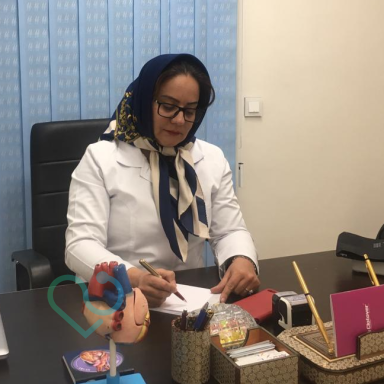Burns are essentially tissue damage caused by exposure to heat. Unfortunately, burns are a common household injury and are categorized into four main types. First-degree burns, or superficial burns, are mild compared to other types and cause pain and redness in the epidermis (the outer layer of the skin). Second-degree burns, or partial-thickness burns, affect both the epidermis and dermis (the deeper layers of the skin), leading to pain, redness, swelling, and blisters. Third-degree burns, or full-thickness burns, go through the dermis, affecting all skin layers, and result in white or blackened skin and numbness. Fourth-degree burns are deeper than third-degree burns, affecting muscles, bones, and nerves, with no sensation at the site. Third- and fourth-degree burns require medical attention, but most first-degree and second-degree burns can be treated at home. First-degree and mild second-degree burns usually heal on their own with home remedies, although deep second-degree burns may require professional treatment.
How to Treat Burns at Home?
Before taking any action, move the person away from the source of the burn and remove any items such as jewelry or belts that may restrict movement. If possible, elevate the burned area above the heart level and monitor for signs of shock, such as fainting, pale skin, or shallow breathing. Then use the following treatments as needed.
1- Cool Water
For first- and second-degree burns, the first step is cooling the burn site with cool (not cold) water for about 20 minutes. This reduces pain and prevents the burn from worsening or affecting deeper layers of skin. After this, wash the burn site with mild soap and water to prevent infection. This method is not recommended for severe burns, as it may lead to hypothermia (a sudden drop in body temperature).
2- Cool Compress
Using a cool compress or a clean damp cloth can help reduce pain and swelling. Apply the compress in 5-15 minute intervals and avoid using extremely cold compresses, as they may worsen the burn.
3- Antibiotic Ointments
Antibiotic ointments and creams can help prevent infection. Apply an antibacterial ointment like Bacitracin or Neosporin to the burn site and gently cover it with a sterile gauze or cloth.
4- Aloe Vera
Aloe vera, known as the "burn plant," is effective for treating first- and second-degree burns. It is an anti-inflammatory agent that improves blood circulation and prevents bacterial growth. Ensure you use pure aloe vera gel, applying a layer directly to the burn site. Avoid using products with additives like dyes and fragrances.
5- Honey
Honey is anti-inflammatory, antibacterial, and antifungal. Applying honey to a bandage and placing it on the burn can help prevent infection, soothe pain, and promote healing.
6- Avoid Sunlight
Burned skin is very sensitive. Protect it with clothing and avoid exposing it to direct sunlight.
7- Bandaging Blisters
Popping blisters can lead to infections (read more here). Even minor open blisters from first- or second-degree burns should be bandaged and covered to prevent dirt and bacteria from causing infection.
8- Pain Relievers
For burn-related pain, you can take over-the-counter pain relievers like ibuprofen (Motrin, Advil) or naproxen (Aleve).
Which Home Remedies Are Harmful?
1- Using Butter for Burns
Do not apply butter to burns. Butter traps heat and harbors harmful bacteria, which can contaminate the burn site and worsen the injury.
2- Oils
Contrary to popular belief, oils like coconut, olive, or cooking oils should not be used for burns. They also trap heat, potentially worsening the burn. While some studies suggest lavender oil may aid in burn recovery, evidence supporting this claim is limited.
3- Raw Egg Whites
Raw egg whites are highly susceptible to bacterial infections (read more here) and should not be applied to burns. Additionally, eggs may cause allergic reactions on the skin.
4- Toothpaste
Never apply toothpaste to burns. While it has been considered a quick remedy for burns in the past, toothpaste is not sterile and can irritate the burn, creating an environment conducive to infection.
5- Ice
Using ice or extremely cold water can further irritate the burn and, if misused, may even cause cold burns.
Home remedies are generally effective for first-degree and mild second-degree burns to alleviate initial pain and inflammation. First-degree burns typically heal within 7-10 days, while second-degree burns usually heal in 2-3 weeks.
First-degree burns can sometimes progress into second-degree burns within hours. Therefore, monitoring the burn for symptoms and seeking medical care if necessary is essential. See a doctor if you experience any of the following:
- Burns deeper than 3 inches (about 7.5 cm)
- Burns around joints, such as knees or elbows
- Burns on the face, groin, legs, hands, or buttocks
Sources: healthline.com, www.medicalnewstoday.com












Our Customers' Comments
No comments registered